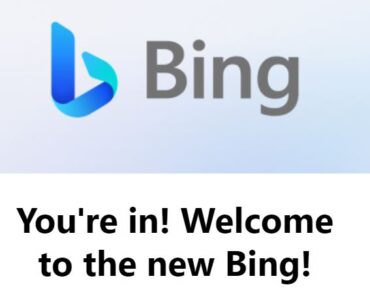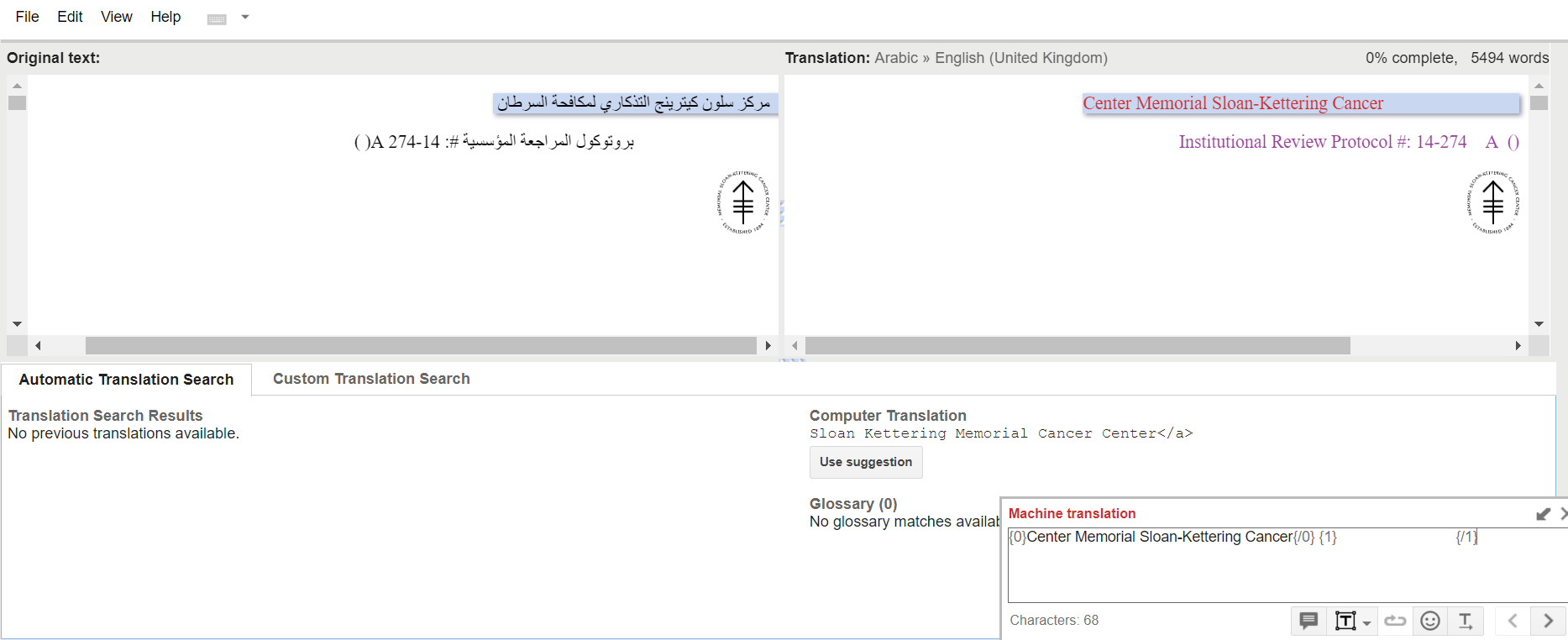Metaverse is a compound term made from the words Meta (or Beyond) and Universe. The term first appears in Neil Stevenson’s Sci-Fi novel Snow Crash (1992) and has since been adopted by the tech industry. It refers to a theoretical, futuristic vision of the Internet as a place where people will spend their time in 3D virtual spaces. People will be represented by avatars (digital clones) and will wear VR (Virtual Reality) glasses and add other virtual elements to their physical environment. This will lead to an augmented reality (AR).
Facebook is one of the leaders of this ambitious vision and has even rebranded the company name to Meta. Other tech companies like Apple, Microsoft and Epic Games are also working on metaverse technology.
So, what does this have to do with machine translation? Well, everything according to Meta CEO Mark Zuckerberg.
It’s impressive how much AI is improving all of our services. We just open-sourced an AI model we built that can translate across 200 different languages — many of which aren’t supported by current translation systems. We call this project No Language Left Behind, and the AI modeling techniques we used are helping make high quality translations for languages spoken by billions of people around the world.
To give a sense of the scale, the 200-language model has over 50 billion parameters, and we trained it using our new Research SuperCluster, which is one of the world’s fastest AI supercomputers. The advances here will enable more than 25 billion translations every day across our apps.
Communicating across languages is one superpower that AI provides,
(from Zuckerberg’s Facebook page).
For those of you who are technically-minded, you can find a whole bunch more information in this Facebook AI post. This includes a video starring some of the Facebook AI Translation research team scientists.
Facebook’s vision for the future is that people will be able to speak in their own languages and be understood in real time by people who are hooked up to the Metaverse with their AR headsets. People will also be able to access any content on the Internet in their own language. This concept is not new by any means and still remains in the realm of science fiction at this time.
Competition is heating up
This announcement by Zuckerberg comes at the heels of a recent announcement by Google about a new prototype of Google Glass, Google’s Augmented Reality (AR) glasses. The tech giants are pouring big money into metaverse and AI translation technology.
One Model for 200 Languages?
One of the major breakthroughs reported by Facebook is that they have developed a single model that can render machine translation engines in 200 languages. Whereas other technology uses a single model per language pair, Facebook says that only one model will be used for all language pairs-and even for obscure language pairs like Greek into Somali. And not only that, high quality translation engines can be created even for languages with skimpy training data. This sounds so simple and amazing, it is a wonder that the other big MT players like Microsoft, Google and DeepL did not think of this as well. Or maybe it’s a whole bunch of tech mumbo jumbo that is unreliable and untrue. Who knows for certain?
Where’s the Beef?
One thing is certain. Facebook does not offer an online version of its AI-powered translation technology. Unlike the other major players we mentioned previously, who do offer a free online version of their tool. Facebook only offers its translation tool from within Facebook and Instagram, and the translation is triggered automatically for posts and ads. Unlike the other online apps that let you feed the texts of your choice into the translation tool.
In addition, the company collaborates with the Wikimedia Foundation, the organization that runs Wikipedia, which operates in 300 languages but most of them today have fewer articles compared to the 6 million offered in English. The new technology is now being used in translation tools that allow Wikipedia editors to translate articles in over 20 languages that do not have the extensive databases required to train AI systems, ten of which were not previously supported by machine translation tools at all.
Who needs it?
Another thought that comes to mind is: who needs this new technology? Currently, Google Translate and the other leading MT vendors offer an excellent solution for over 100 languages. This includes all of the major European, American, Asian, African and Scandinavian languages. The combined populations represented by these languages encompass 99% of the world’s economy. True, there are hundreds of languages which are not represented on the web and which have no automatic translation available. But so what if some sub-Saharan tribe of nomads that may not even have running water in their village can’t access Internet content? Is that the end of the world? Will having access to Internet content in their nearly extinct language put food on their table?
But it’s Open Source
One good thing about Facebook AI Translation: it is open source. So theoretically, any company including Google can tap into Facebook’s magical new translation model. I am sure that the competition is checking it out but will they use it? Maybe not because of the NIH (Not Invented Here) effect.
Summing Up
As professionals in the localization and translation industry, we should be proud and encouraged that no less of a tech genius than Zuckerberg is putting translation technology at the center of his vision. But chances are that his vision is something way in the future. A future so distant that some of us may not get to enjoy it in our lifetime.





